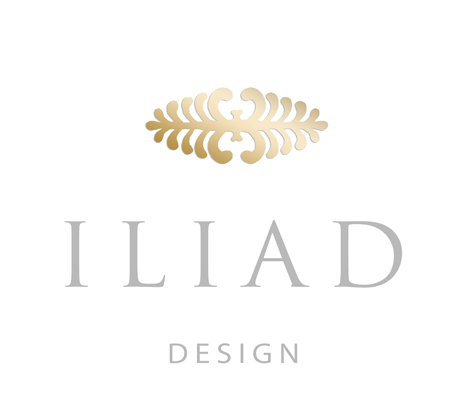CONTEMPORARY ART
“The increasing pervasiveness of the digital computer in all aspects of contemporary life is giving rise to many new conceptions, attitudes, and outlooks about the world. Among these are some significant shifts in how we understand nature and our place in it. From one notable perspective, nature is now to be understood as a vast digital computer, with the computation of bits of information being the fundamental force behind the phenomena we experience (including our own consciousness). The implication of this view is that given the necessary technology with which to achieve it, a complete understanding of nature is possible. From another perspective, nature is wholly transcendent and cannot be reduced to a machine, and no matter how sophisticated our technologies become, its inner workings will forever elude our grasp. In between these two poles lies a vast array of attitudes and perspectives, each of which must take into account the unprecedented degree to which we are able to simulate natural processes via the speed and power of today’s computing technologies.
For the past several years, these issues have informed the direction of my artmaking practice. Fundamental to my work both conceptually and formally are questions about the relationship between the analog world – i.e., the continuous, seemingly unbroken world we experience with our senses – and the digital world of pixels and bits presented to us by computers. Can computer models, with their binary language of separate, discrete units, accurately reflect the real world, or is there a fundamental gap between the digital and the real – the virtual and the actual – that can never be closed? In my paintings, the tensions between the discrete marks that make up the patterns and configurations and the seamless, unified ground reflect this concern. This tension is also apparent in the marked difference between what the viewer sees from a distance – which appears to be continuous forms operating in a relatively homogeneous space – and the distinct, particulate, and often “floating” shapes that are revealed as the patterns’ constituents on closer inspection.
As rigorously scientific as the source of my inspiration may be, my work is ultimately a poetic exploration that traffics in ambiguity and polysemy rather than in facts. My process generally begins with some kind of “informational image” – i.e., a non-art image gleaned from the realm of science and technology – that strikes me as having poetic potential. As I study the image, I begin a series of rough drawings in which I select features of the original image – abstracting, altering, distilling and simplifying as I go along. When I am satisfied with one of the drawings, I leave the original image behind altogether and begin translating the marks on the drawing into paint on canvas – a phase in which I also take creative liberties, as emergent properties begin to arise during the painting process. When the painting process is complete, what results often bears only a dim resemblance to the image I started out with. Something of its essence remains, but the pixilated or mechanical quality of the original has been lost to the language of the human hand, and the image has been transformed into something that transcends “mere information” and enters the realm of complex, multivalent meaning.”
– Taney Roniger
Collection


